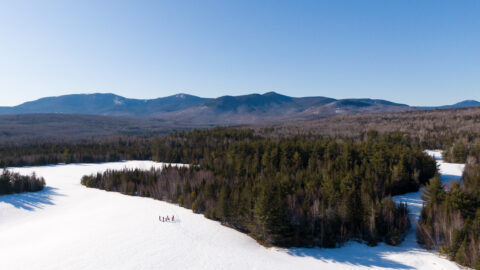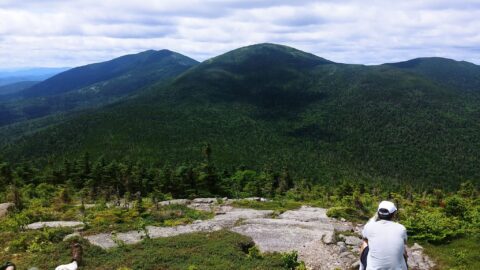![]()
![]()
Australia to build climate corridor
Mon Jul 9, 2007, 11:07am BST
By Rob Taylor
CANBERRA (Reuters) – Australia will create a wildlife corridor spanning the continent to allow animals and plants to flee the effects of global warming, scientists said on Monday.
The 2,800-kilometre (1,740 miles) climate “spine”, approved by state and national governments, will link the country’s entire east coast, from the snow-capped Australian alps in the south to the tropical north — the distance from London to Romania.
“A lot of that forest and vegetation spine is already there. But there are still blockages,” David Lindenmayer, a professor of conservation biology, told Reuters of the plan.
“The effects of climate change will likely to be less severe in systems that have some resilience and that we haven’t gone in and buggered-up.”
The creation of the corridor was agreed by state and federal governments this year amid international warnings that the country — already the world’s driest inhabited continent — is suffering from an accelerated Greenhouse effect.
Climate scientists have predicted temperatures rising by up to 6.7 degrees Celsius (12 degrees Fahrenheit) by 2080 in the country’s vast outback interior. A 10-year drought is expected to slash one percent from the A$940 billion (401 billion pound) economy.
The corridor, under discussion since the 1990s as the argument in support of climate change strengthened, will link national parks, state forests, and government land. It will help preserve scores of endangered species.
“We are talking a very long-term vision, a land use that values keeping the eastern forests in place over past uses like land clearing,” said Graeme Worboys from the IUCN, the world conservation union.
Australia’s Bureau of Meteorology last year said climate change was occurring so fast in Australia that cooler southern towns were moving to the warmer north at the rate of 100 kilometers each year.
Lindenmayer, from the Australian National University, said governments would need also to work with private landholders to link the corridor through voluntary conservation agreements.
“Given only 10 percent of Australia’s landscapes are going to be informal reserves, we are going to have to be far cleverer about how we manage the country outside,” he said.
But Michael Dunlop, from the country’s top government science organization, the CSIRO, said the corridor would not be a silver bullet for conservation efforts, with the country needing to do more to protect different types of climates.
“Connectivity is just one solution. Connectivity is not one of my six big hits,” he said.
© Reuters 2006. All rights reserved. Republication or redistribution of Reuters content, including by caching, framing or similar means, is expressly prohibited without the prior written consent of Reuters. Reuters and the Reuters sphere logo are registered trademarks and trademarks of the Reuters group of companies around the world.



